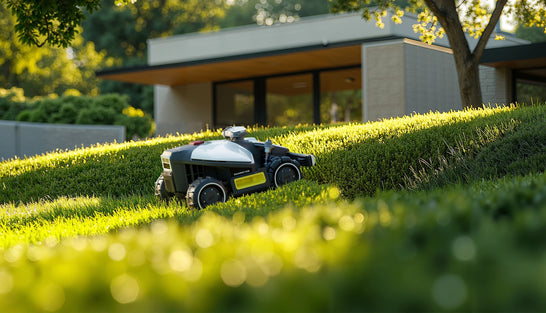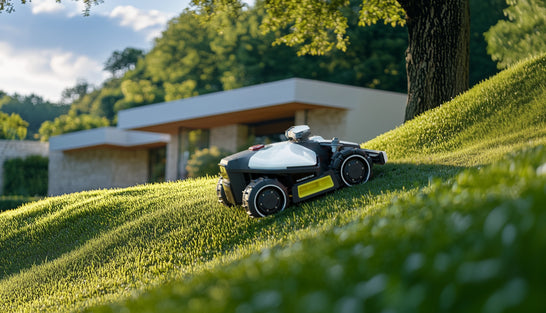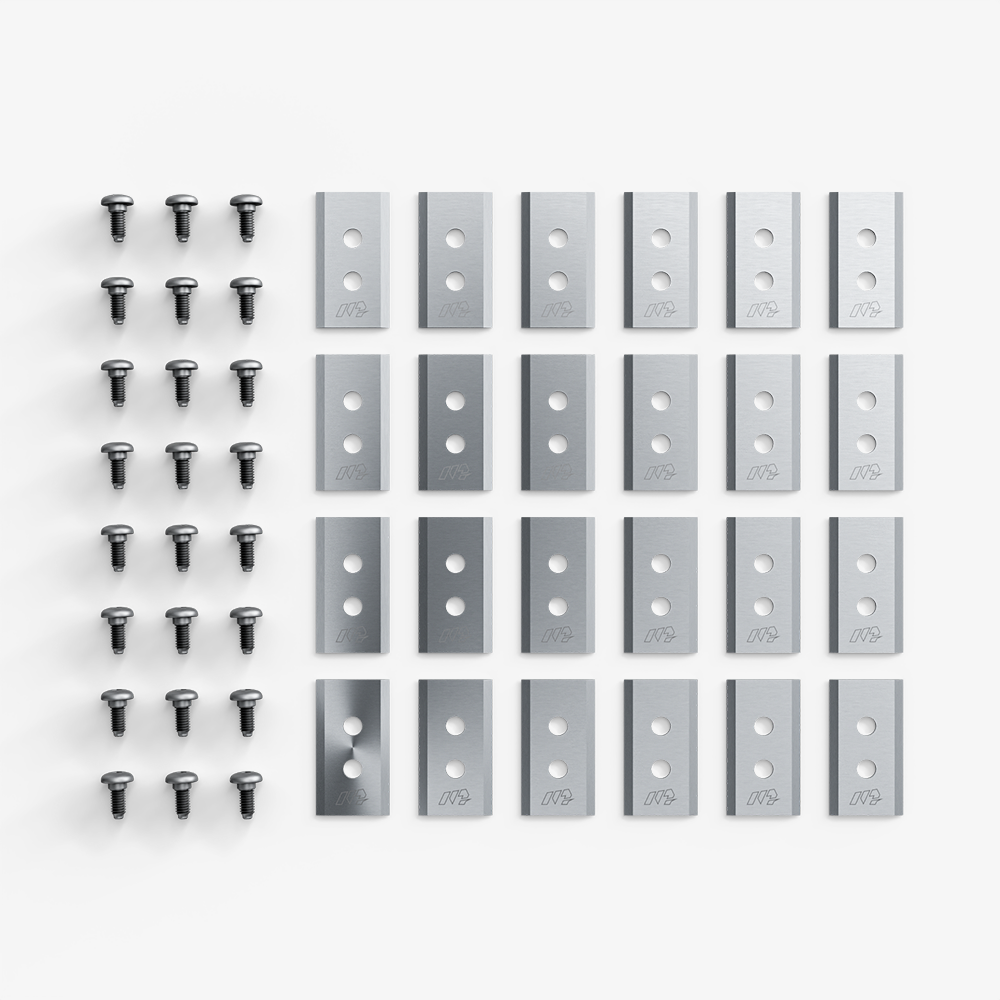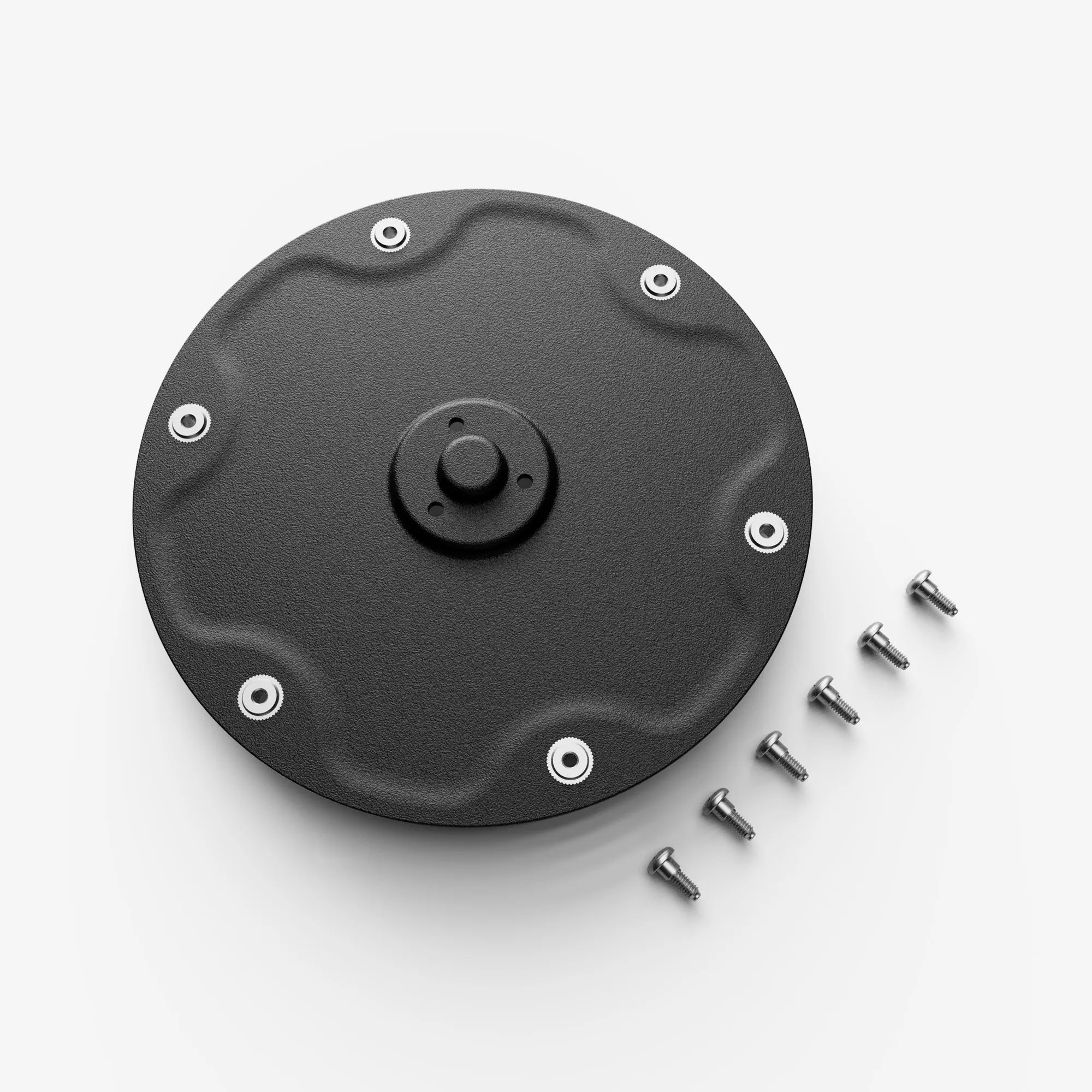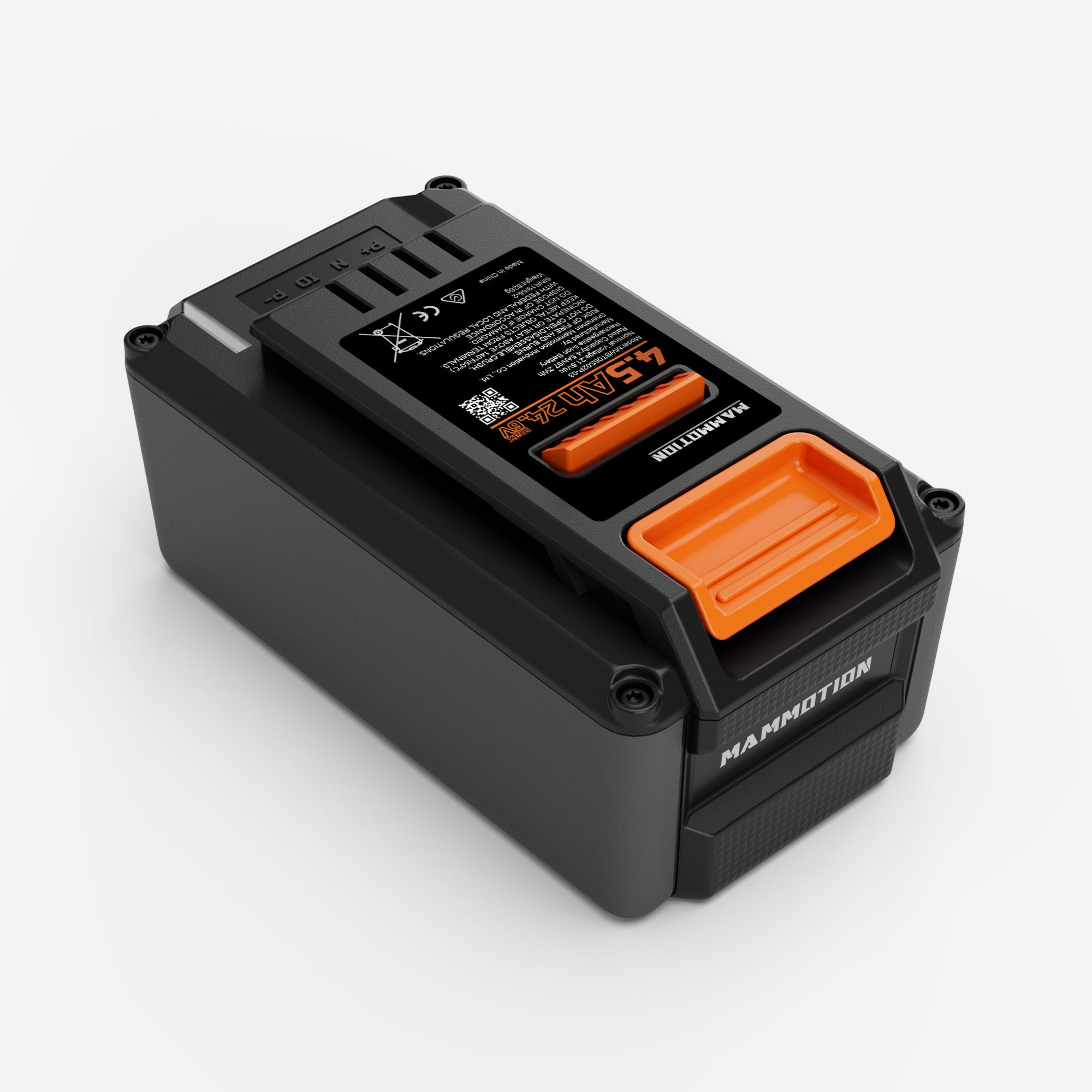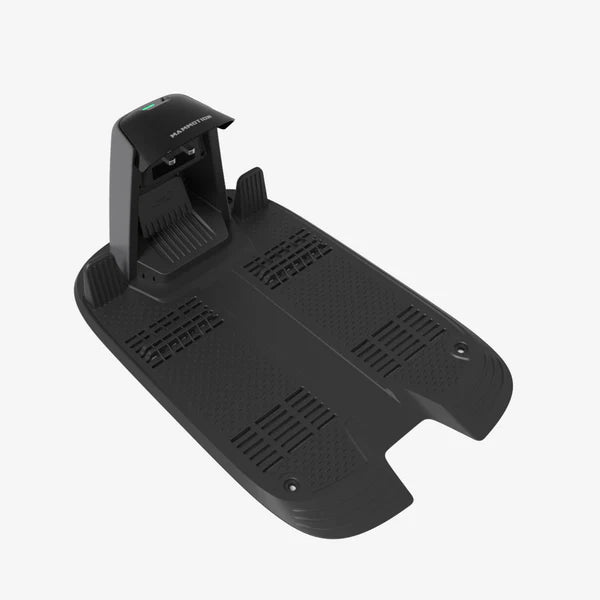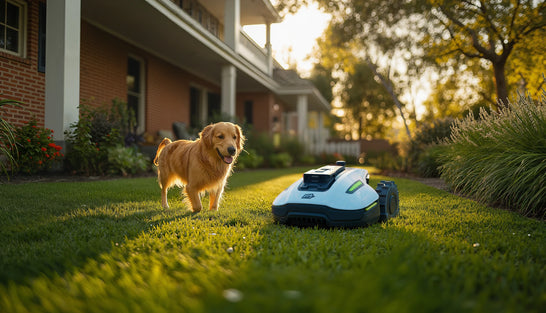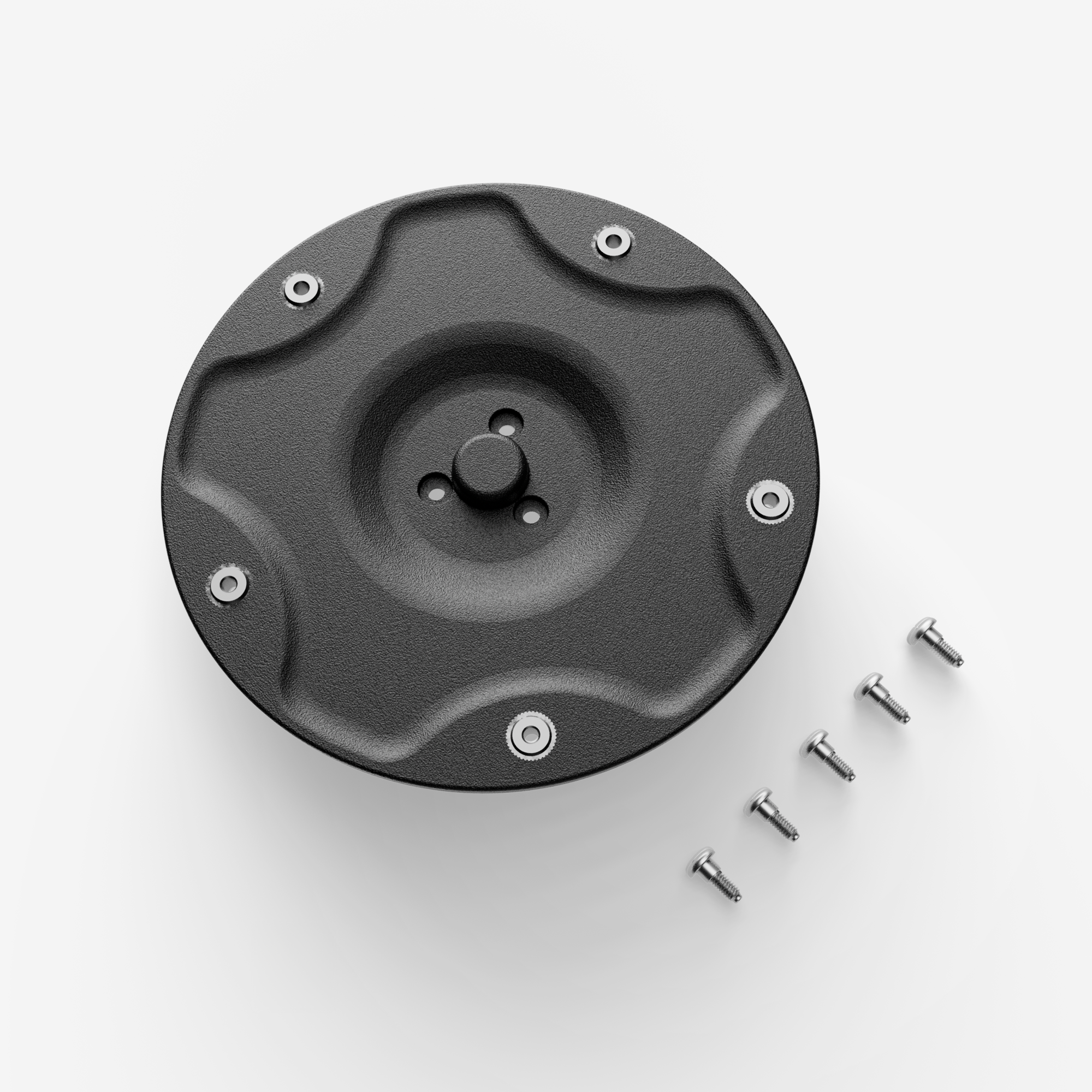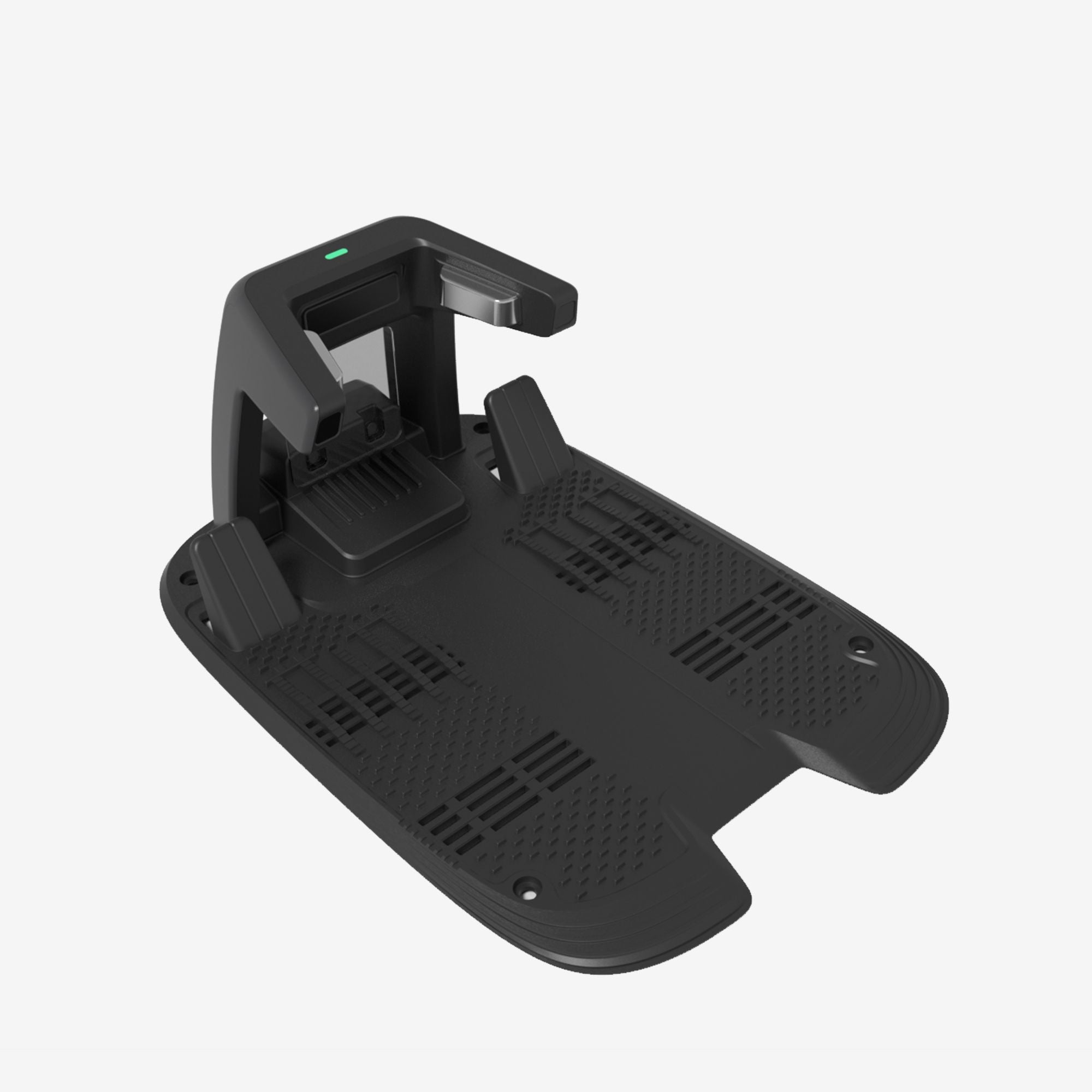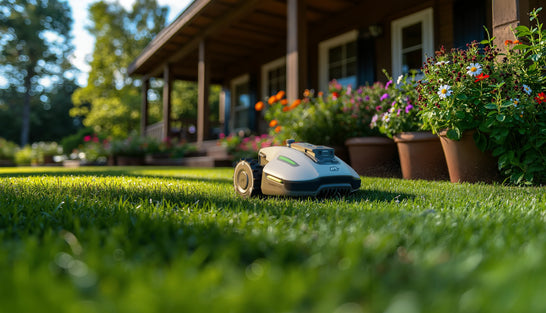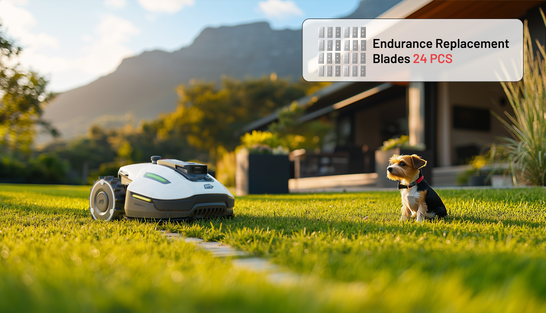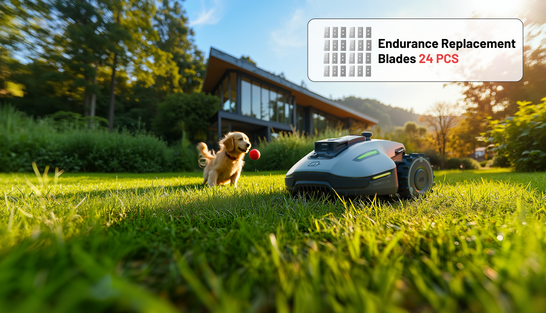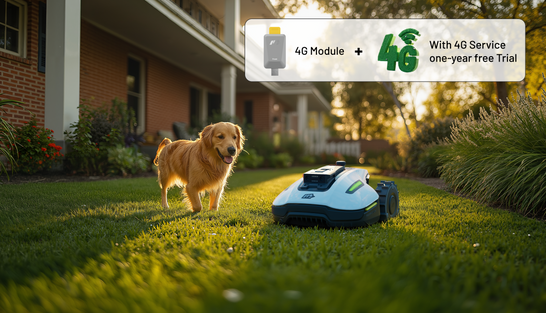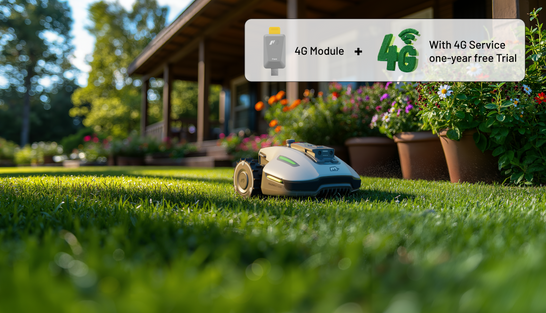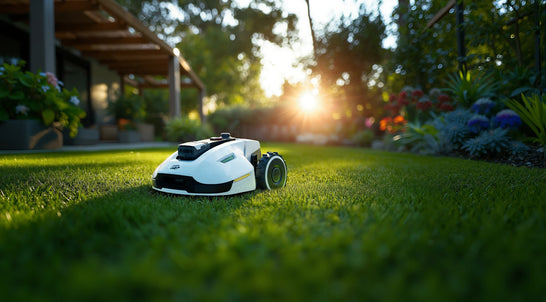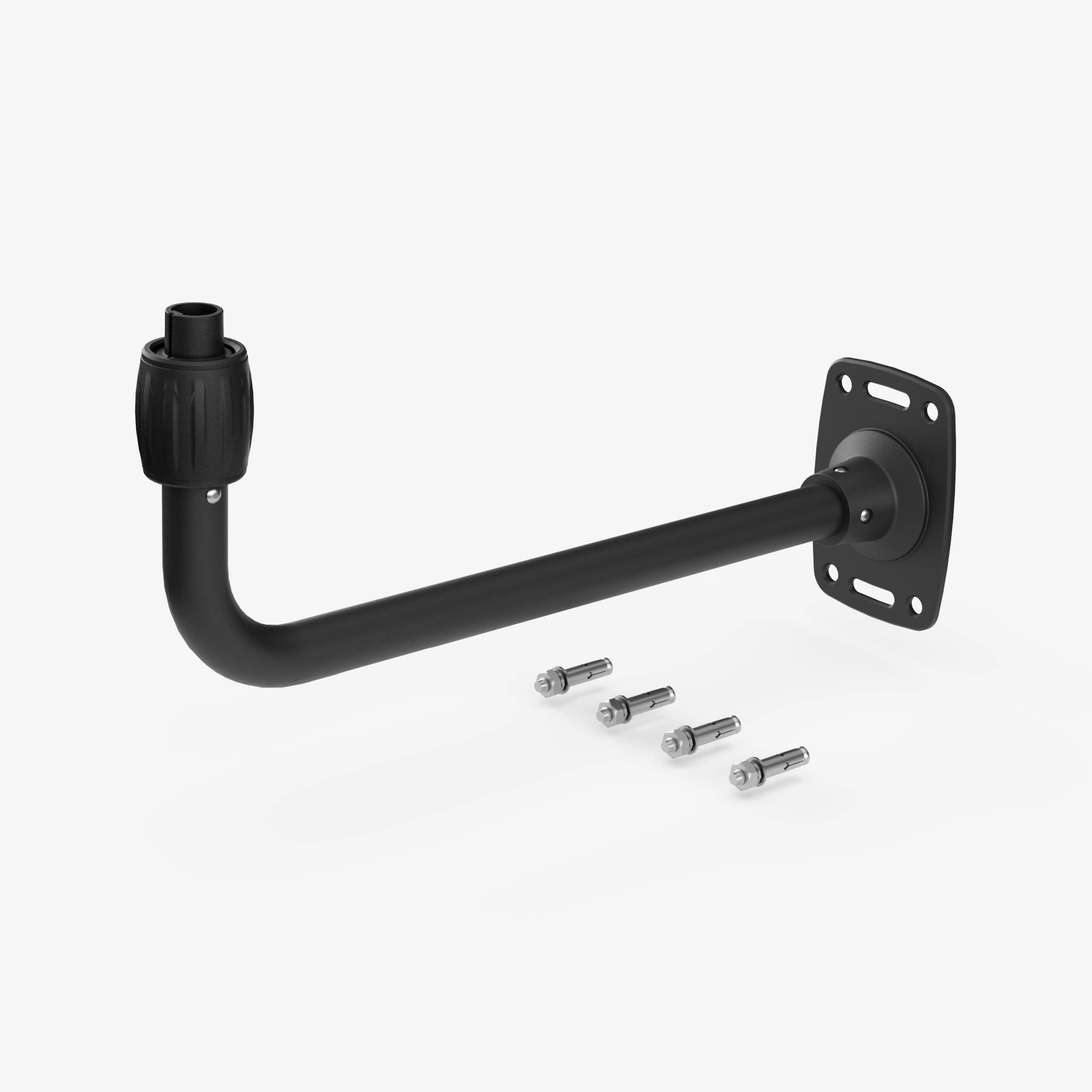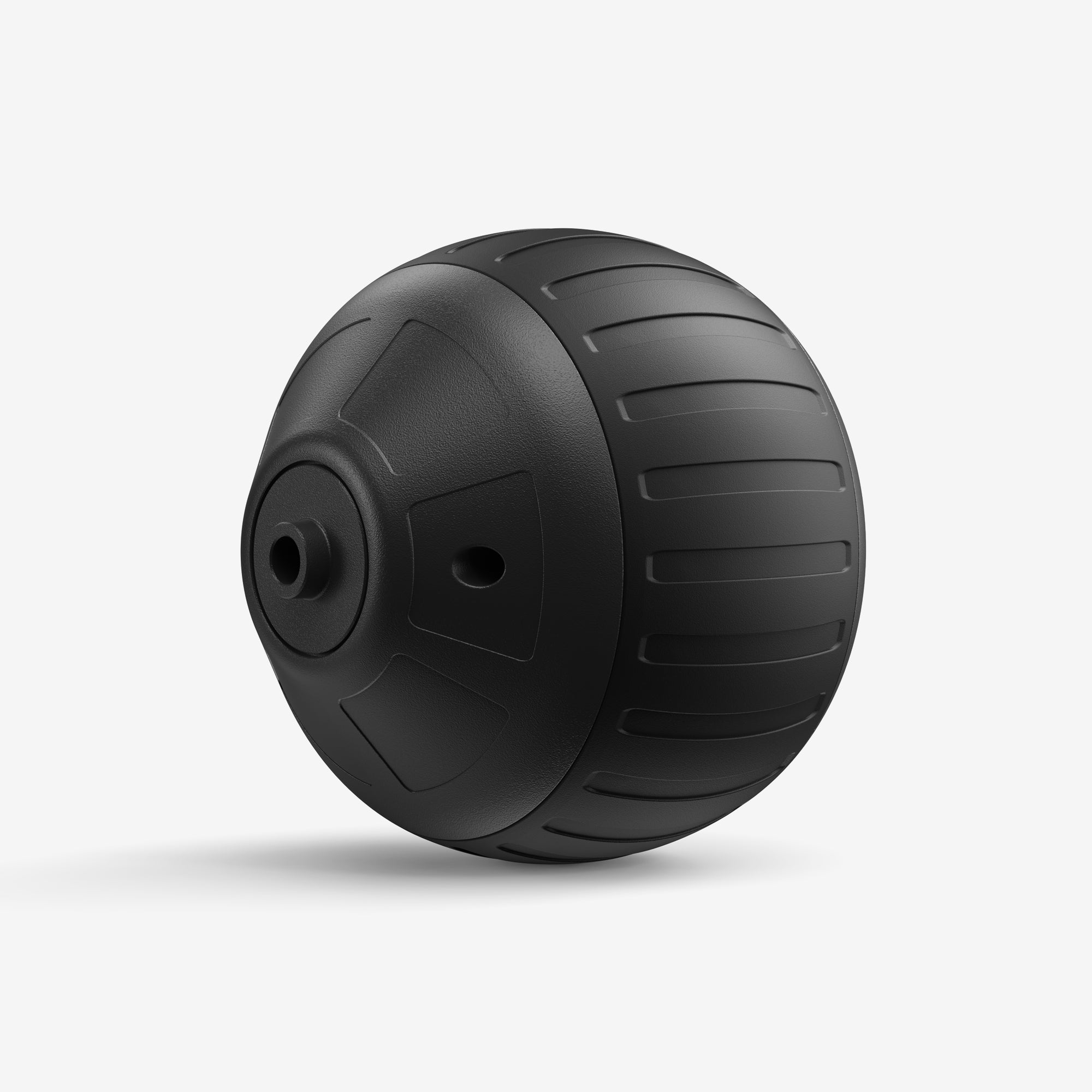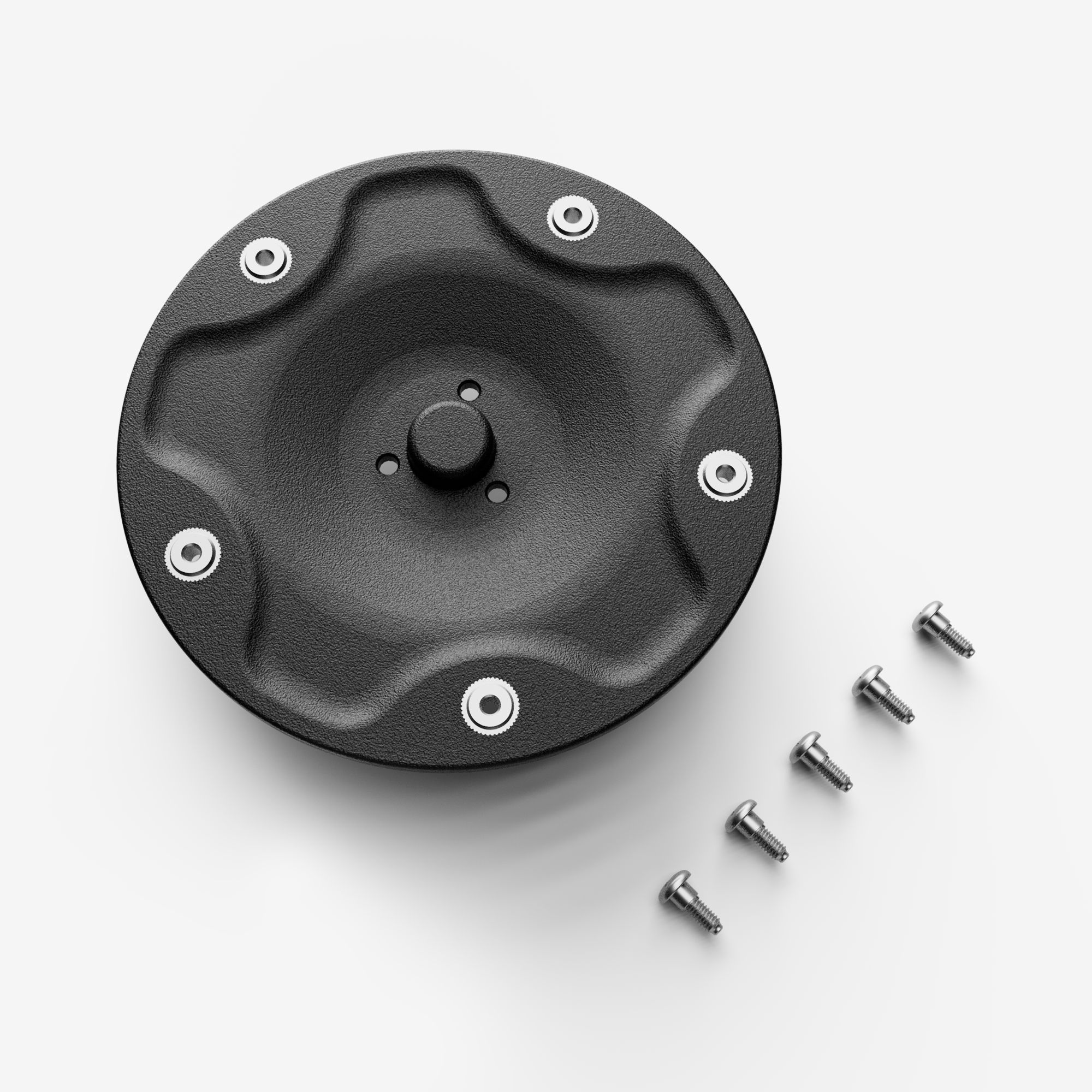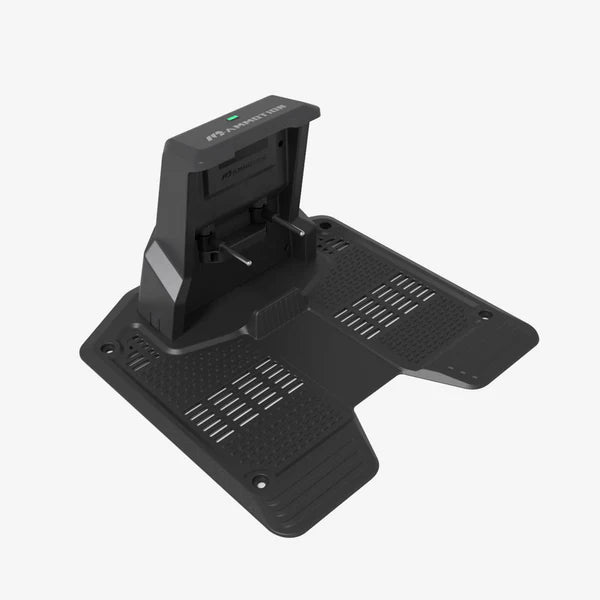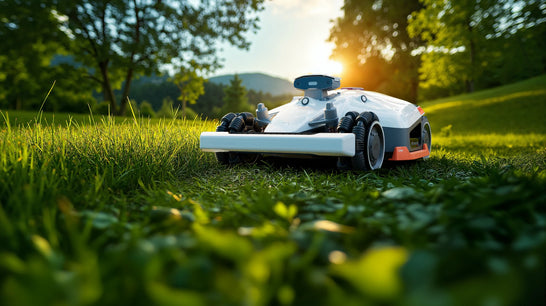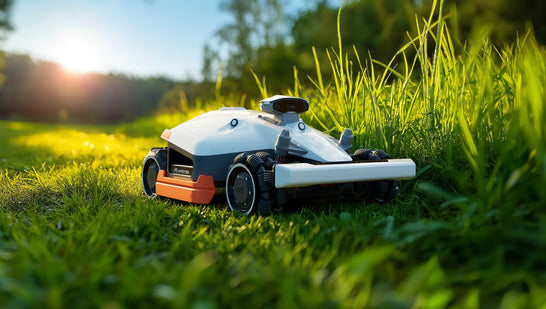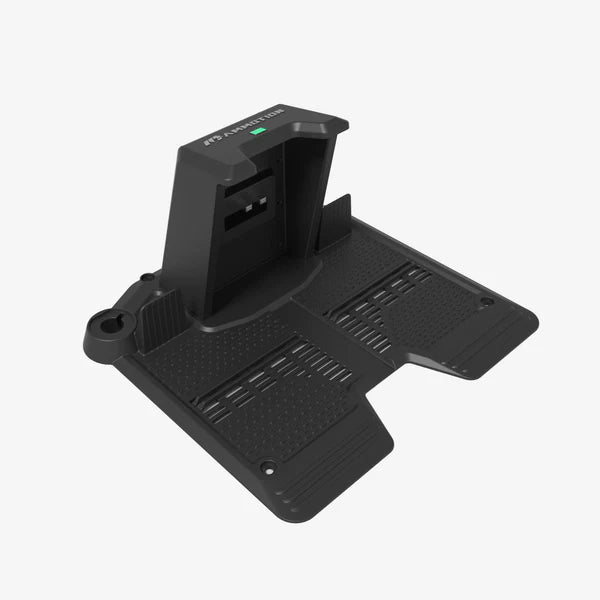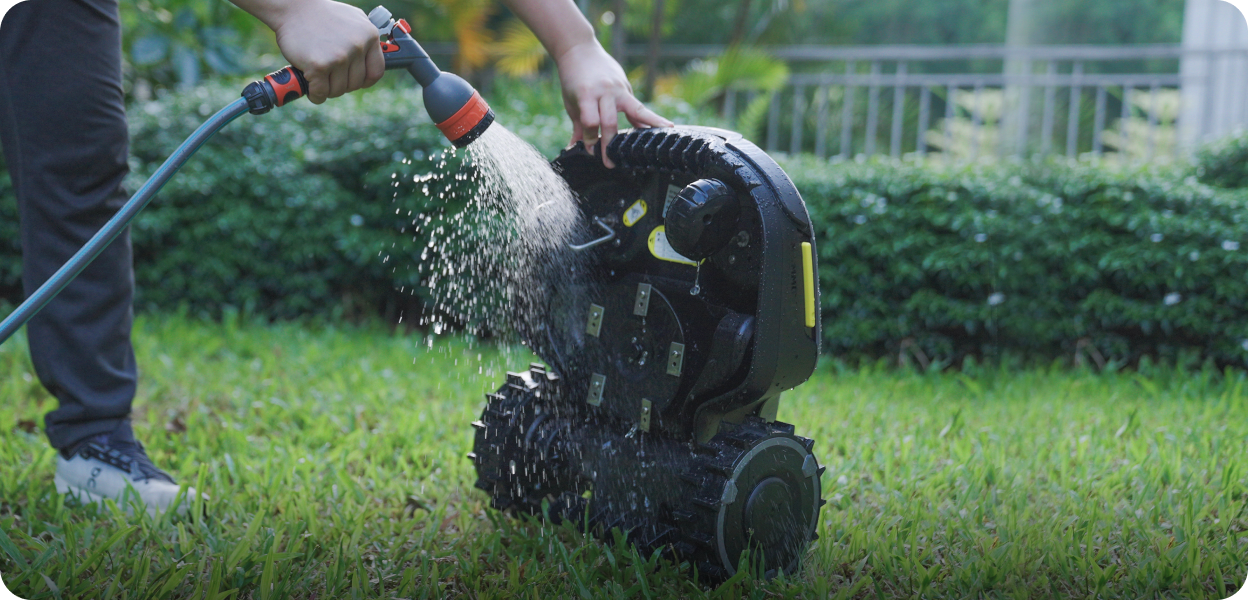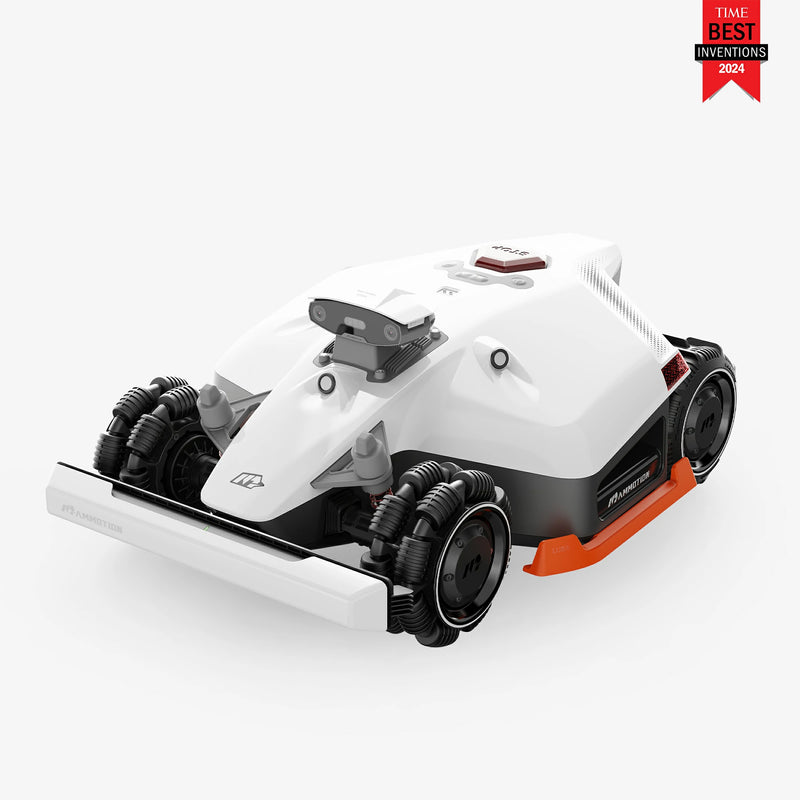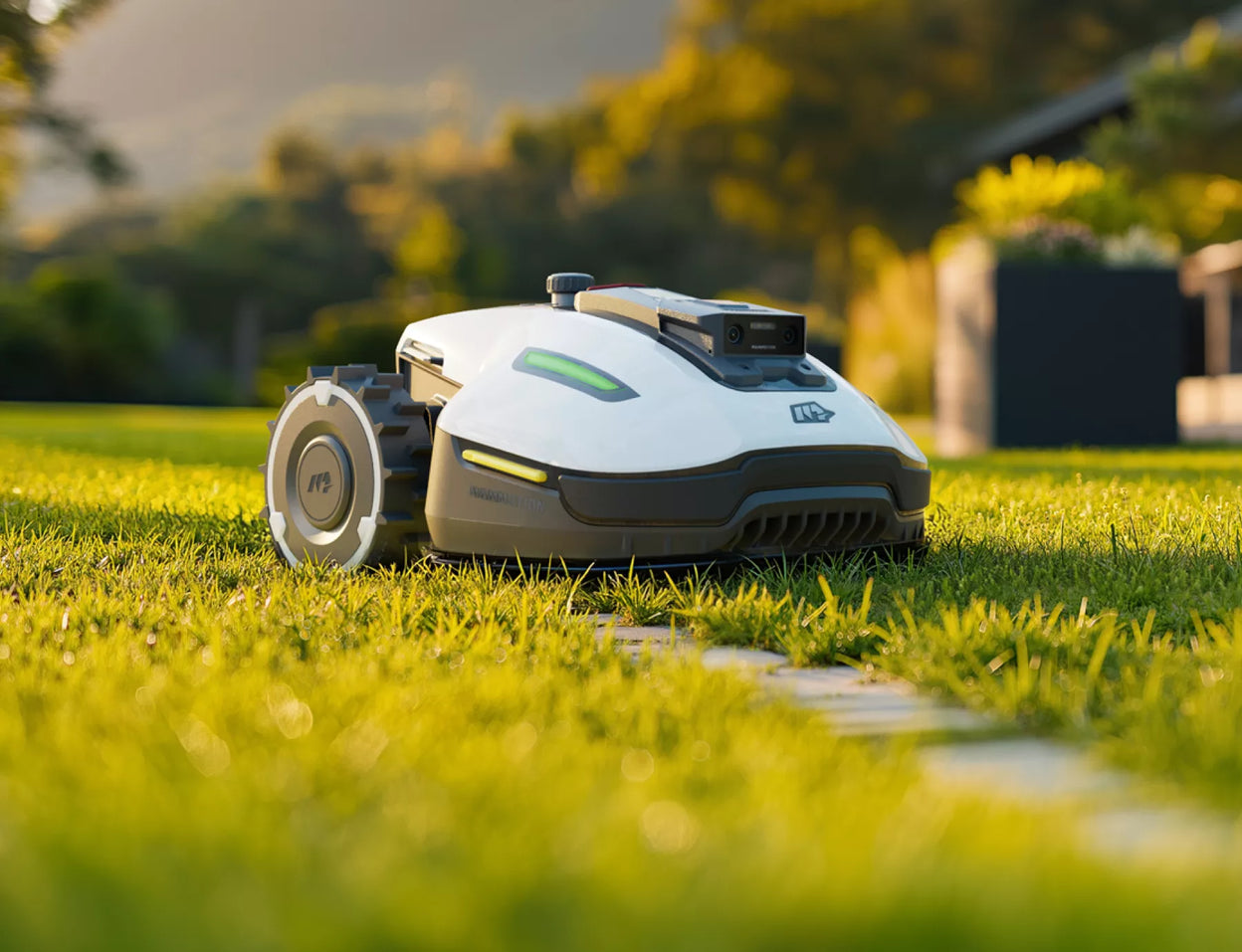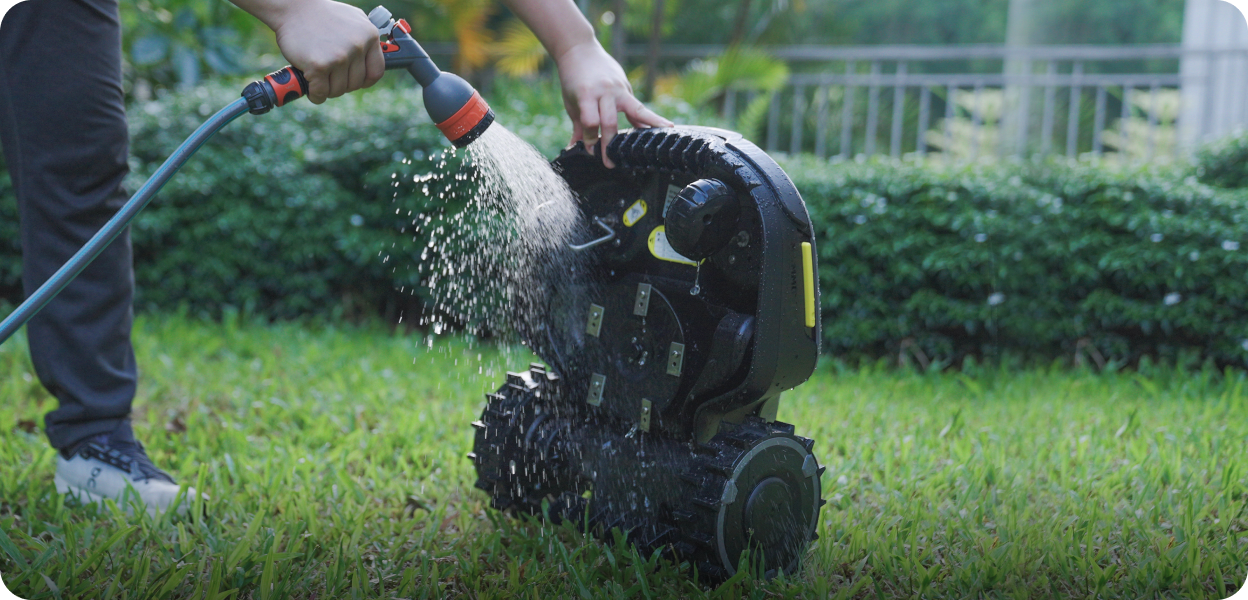An automatic lawn mower takes the hard work out of lawn care, quietly trimming your grass while you focus on other things. But just like any outdoor machine, it performs best when you give it the right care at the right time of year. A seasonal maintenance routine not only extends the mower’s lifespan but also ensures clean, consistent cuts and fewer breakdowns.
Think of it this way: spring is for waking up and recalibrating, summer is for peak performance, autumn is for preparing for rest, and winter is for safe storage. Each season brings different challenges—ranging from heavy grass growth to battery care in cold temperatures.
This guide provides practical checklists and troubleshooting tips for every season, helping you keep your mower sharp, safe, and reliable all year long. With a little attention, your robot mower can deliver a perfect lawn season after season.
Spring: Wake-Up and Recalibration Automatic Lawn Mower
Spring is the season to get your automatic lawn mower back in action after months of storage. Before sending it out for the first mow, a thorough inspection and reset are essential.
Spring Maintenance Checklist:
- Recharge the Battery: Give the battery a full charge after winter storage. If your mower uses a removable pack, check for swelling or reduced capacity.
- Deep Cleaning: Remove dust, cobwebs, and any debris from storage. Pay extra attention to the undercarriage, wheels, and sensors.
- Blade Inspection: Grass grows quickly in spring, so sharp blades are critical. Replace them if they show signs of dullness, nicks, or rust.
- Navigation Setup: Check and recalibrate GPS/RTK signals or inspect boundary wires for damage from frost or rodents.
- Update Software: Many mowers release spring firmware updates to improve mapping and efficiency. Connect to the app and update before mowing.
Troubleshooting Common Spring Issues:
- Mower won’t start: Battery may have discharged too far in storage—try conditioning cycles or replacing if it no longer holds charge.
- Uneven cutting pattern: Re-check blade sharpness and recalibrate navigation.
- Poor GPS connection: Move the base station to a clearer location with better sky visibility.
With these steps, your mower will be fully prepared to handle the rapid spring growth and keep your lawn in top shape.
Summer: High-Performance Season
Summer is the peak mowing season, with rapid grass growth and hotter temperatures putting your automatic lawn mower to the test. Proper care ensures it runs efficiently while avoiding overheating or unnecessary wear.
Summer Maintenance Checklist:
- Weekly Cleaning: Remove grass clippings, dust, and dirt from the undercarriage, wheels, and sensors. Regular cleaning prevents clogging and keeps cutting performance consistent.
- Blade Monitoring: Inspect blades every 4–6 weeks. Summer growth is fast, and dull blades can tear grass instead of cutting it cleanly, leading to an uneven lawn. Replace or sharpen as needed.
- Wheel & Traction Check: Ensure wheels and drive systems are free of debris. Slopes can cause wear, so confirm the mower grips surfaces properly.
- Battery Care: High temperatures can reduce battery efficiency. Avoid charging in direct sunlight and consider moving the docking station to a shaded area.
- Mowing Schedule Adjustment: During periods of rapid growth, increase mowing frequency. Conversely, slow growth days may require less frequent operation.
Troubleshooting Common Summer Issues:
- Overheating or shutdowns: Move the mower to shade, allow the battery to cool, and reduce mowing cycles during the hottest part of the day.
- Battery drain faster than expected: High temperatures can accelerate discharge. Ensure battery connections are clean and consider shortening mowing cycles.
- Uneven cutting: Check for blade wear and recalibrate navigation systems if the mower drifts or misses patches.
By staying proactive in summer, your mower maintains peak performance and prevents small issues from becoming costly repairs.
Autumn: Transition and Prep for Storage
Autumn signals the end of the main mowing season. Grass growth slows, leaves fall, and moisture increases. Proper care during this transition ensures your automatic lawn mower stays in top condition and is ready for winter storage.
Autumn Maintenance Checklist:
- Adjust Mowing Frequency: Reduce mowing cycles as grass growth slows. Focus on maintaining a neat, even lawn rather than frequent trimming.
- Final Blade Check: Replace worn or damaged blades to prevent dull cuts and prepare for next season.
- Clear Debris: Remove fallen leaves, twigs, and mud from the mower’s underside, wheels, and sensors. Wet debris can corrode metal parts or block sensors.
- Inspect Docking Station & Sensors: Check for damage, loose connections, or wear. Ensure the mower can dock safely in wet or uneven conditions.
- Full System Diagnostics: Many models allow you to run diagnostic checks through their apps—identify any issues before winter storage.
Troubleshooting Common Autumn Issues:
- Clogged blades from wet leaves: Remove buildup manually; avoid mowing large piles of wet foliage.
- Wheel slippage on damp grass: Check traction and clean wheels thoroughly. Adjust cutting height to prevent bogging down.
- App scheduling errors: Reprogram mowing schedules to match slower growth, and verify connectivity before the first cold snap.
Autumn maintenance reduces the risk of damage from moisture and prepares your automatic lawn mower for a smooth transition into winter storage, ensuring it will perform reliably come spring.

Winter: Storage and Protection Automatic Lawn Mower
Winter is the time to rest your automatic lawn mower. Cold, moisture, and inactivity can damage components if the mower is not properly prepared. Following a careful storage routine ensures your mower is ready for spring.
Winter Maintenance Checklist:
- Thorough Cleaning: Remove all grass, dirt, and debris from blades, undercarriage, wheels, and sensors. Dry the mower completely to prevent corrosion.
- Battery Storage: Remove the battery (if removable) and store it indoors at a cool, dry place, ideally at around 50% charge. Avoid freezing temperatures.
- Indoor Storage: Keep the mower in a temperature-controlled space away from direct sunlight, dampness, and pests.
- Protect Docking Station: If possible, move the charging station indoors or cover it to prevent water damage.
- Inspect Parts: Check for loose screws, damaged wheels, or worn components. Replace or repair as needed before storage.
Troubleshooting Common Winter Issues:
- Battery degradation: Cold storage can reduce battery life. Follow manufacturer guidelines for off-season care.
- Corrosion on metal parts: Ensure all components are dry and clean before storing. Consider a light coat of anti-corrosion spray on exposed metal.
- Firmware updates missed: Winter is a great time to connect the mower to Wi-Fi or the app and apply any updates so it’s ready to go in spring.
By following these winter care steps, your mower remains protected, safe, and fully operational when the next growing season begins.
Conclusion
A seasonal maintenance routine is the key to maximizing the lifespan and performance of your automatic lawn mower. By following simple, practical steps in spring, summer, autumn, and winter, you ensure clean cuts, safe operation, and fewer costly repairs. Regular care—from battery management and blade replacement to app updates and winter storage—keeps your mower running efficiently all year long. Treat your mower like a trusted tool, and it will reward you with a lush, perfectly maintained lawn season after season.
Frequently Asked Questions
1. How often should I clean my automatic lawn mower?
Regular cleaning is essential to maintain optimal performance. After each mowing session, remove grass clippings and debris from the undercarriage, wheels, and sensors. In wet conditions, clean more frequently—every 2–3 days—to prevent buildup that can impair navigation and cutting efficiency.
2. When should I replace the blades on my robotic mower?
Blade replacement frequency depends on usage and grass conditions. Generally, blades should be replaced every 6–8 weeks. Dull or damaged blades can tear grass, leading to an uneven lawn and increased susceptibility to disease.
3. Can I leave my robotic mower outside during winter?
It's not advisable to leave your mower outside in winter. Cold temperatures can damage the battery and other components. Store the mower indoors in a dry, temperature-controlled environment, and remove the battery if possible.
4. How do I store the battery during off-season?
Store the battery indoors at around 50% charge in a cool, dry place. Avoid freezing temperatures, and periodically check the battery's charge level every 4–6 weeks to prevent deep discharge.
5. Do automatic lawn mowers work in the rain?
Most automatic lawn mowers are designed to operate in light rain. However, mowing in heavy rain or on wet grass can lead to clumping and uneven cuts. It's advisable to schedule mowing sessions during dry periods to ensure optimal performance.
6. How do I clean the sensors safely?
Use a soft brush or cloth to gently remove dirt and debris from the sensors. Avoid using water jets or harsh chemicals, as they can damage sensitive components. Regular cleaning ensures accurate navigation and obstacle detection.
7. What should I do if my mower won't start after winter storage?
Check the battery charge and connections. If the battery is fully charged and the mower still doesn't start, inspect for any error messages or indicators. Consult the user manual for troubleshooting steps or contact customer support for assistance.
8. How can I prevent GPS/navigation errors?
Ensure the GPS antenna is unobstructed and has a clear view of the sky. Avoid placing the charging station near large metal objects or structures that can interfere with the signal. Regularly update the firmware to maintain optimal navigation performance.
9. Can wet leaves damage my mower in autumn?
Yes, wet leaves can clog the blades and sensors, leading to reduced performance and potential damage. It's advisable to remove large piles of wet leaves manually before mowing. Regular cleaning after mowing sessions helps prevent buildup.
10. What is the average lifespan of an automatic lawn mower with proper maintenance?
With regular maintenance, a robotic lawn mower can last between 7 to 10 years. Factors such as usage frequency, environmental conditions, and adherence to maintenance schedules influence longevity. Regular care ensures consistent performance and extends the mower's lifespan.

